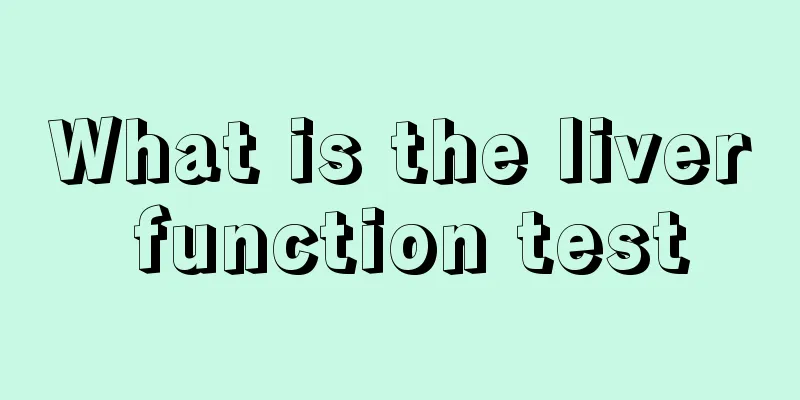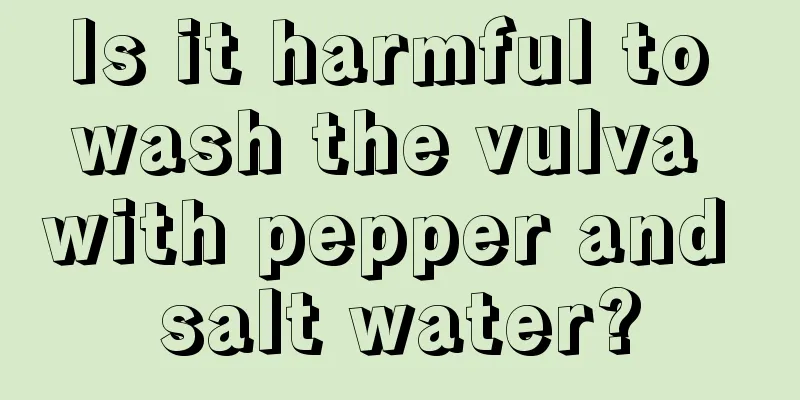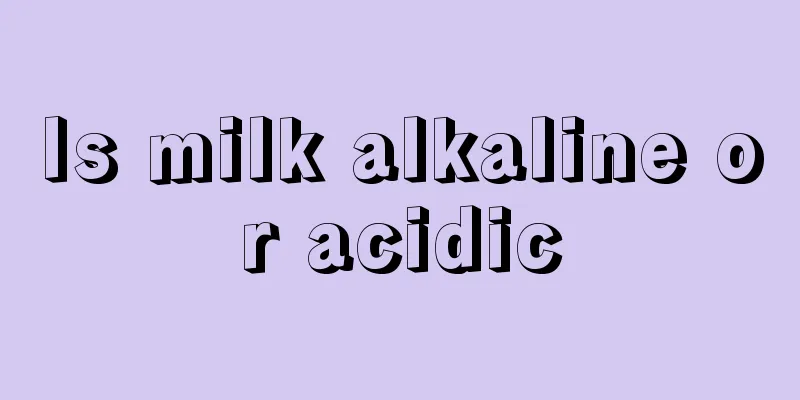The dangers of full-body gallstones

|
Health is something that cannot be bought back by anyone no matter how much money is spent. Therefore, we must understand the dangers of gallstones and take timely prevention measures. Ordinary gallstones can bring a lot of pain and distress to patients. Full-type gallstones are even more serious. The harm they bring to the patient's body is self-evident. It will greatly affect the patient's gallbladder function. The following introduces the dangers of full-type gallstones. 1. Prone to complications Acute cholangitis or acute suppurative cholangitis, biliary pancreatitis, Mirizzi syndrome, cholecystogastrointestinal fistula, acute pancreatitis, etc. In acute pancreatitis, small stones or bile sludge discharged into the bile duct are further discharged into the duodenum, sometimes getting stuck in the common opening of the bile duct and pancreatic duct or damaging the sphincter at the end of the common bile duct. Repeated occurrence of this will cause stenosis and edema of the end of the common bile duct, causing pancreatic juice excretion disorders or bile reflux into the bile duct, resulting in secondary biliary pancreatitis. In severe cases, it is life-threatening. 2. Untimely treatment can easily lead to cancer Patients with gallstones generally have no obvious symptoms or no symptoms at all in the early stages, so it is difficult to detect the disease early. But over time, some symptoms will appear. Some patients will experience varying degrees of biliary colic when gallstones occur. If gallstones are not treated promptly, the gallbladder will grow rapidly in the body, causing the gallstones to block the bile duct and possibly causing the gallbladder wall to become rough, thickened, and inflamed. Long-term gallstone disease will make the excretion of bile more difficult, and will eventually directly lead to biliary cirrhosis in gallstone patients, thus endangering our lives. Gallstones may also become cancerous. If gallstones are not treated for a long time, they may cause gallbladder cancer. 3. Great damage to the gallbladder The treatment for filled gallstones is slightly different from that for single gallstones. In general, when full gallstones appear, the patient's gallbladder will begin to mutate and atrophy to varying degrees, eventually leading to loss of gallbladder function, which can only be treated by removal. The above is the dangers of full-type gallstones introduced to you, so prevention is very important. |
<<: What to do with oral stones
>>: How to dissolve calcium oxalate stones
Recommend
What is the cure rate of endometrial cancer
What is the cure rate of endometrial cancer? Alth...
Can stewing lemon with rock sugar help lose weight?
In today's era of material abundance, all kin...
What's the quickest way to relieve toothache?
There is an old saying that "toothache is no...
How to prevent polyps from turning into colon cancer
Various chronic intestinal diseases, such as ulce...
Shanhaiguan snacks
Every region has its own special snacks, which ar...
Foot soaking with Chinese medicine can dispel summer heat and dampness
With the development of our economy, people are p...
First aid measures for penicillin anaphylactic shock, let’s learn
Penicillin is an antibiotic drug that is of great...
Dull pain above the left side of the chest
The dull pain above the left chest can be caused ...
What is the function of negative ion pillow?
Usually many people don’t pay much attention to t...
Can Kalanchoe be placed in the bedroom?
Kalanchoe is a plant with very beautiful flowers,...
Will benign teratoma affect life expectancy?
Teratomas originate from the reproductive cells o...
Can turtle parasites infect humans?
Parasites generally live in the bodies of aquatic...
Does early stage lung cancer need surgery? The following points should be paid attention to in the treatment of advanced stage lung cancer
Many people suffer from lung cancer, which causes...
How to prevent glioma
Glioma is a common tumor disease. Although there ...
What to do if you have leg pinch syndrome
Although people are not very familiar with the le...









